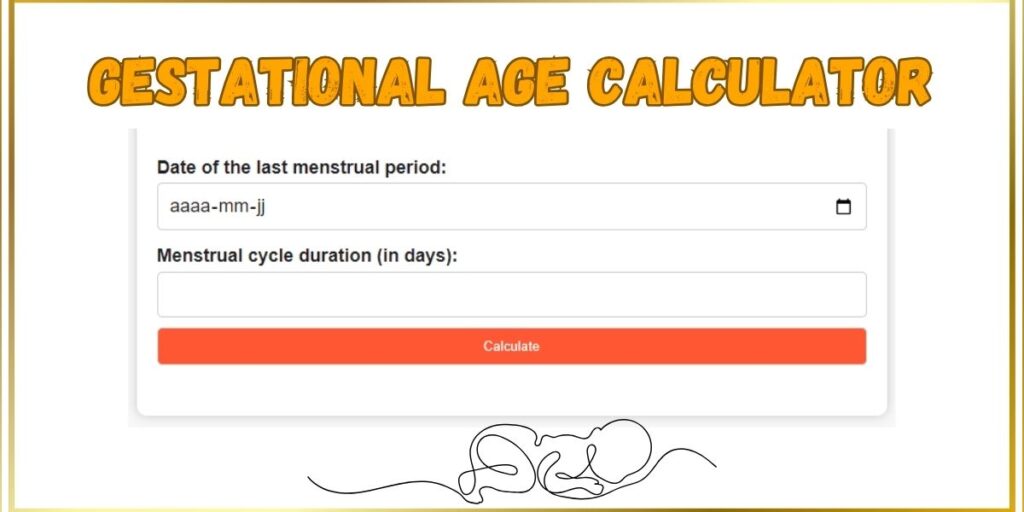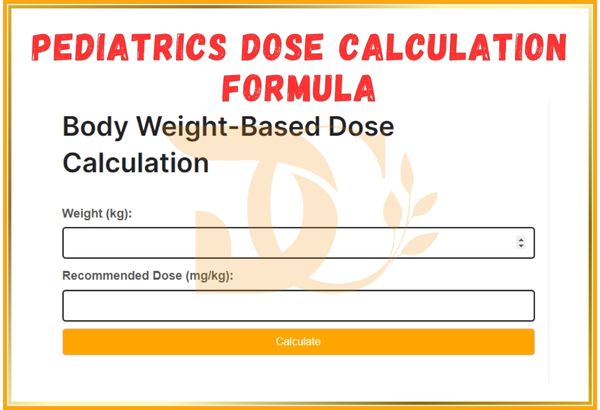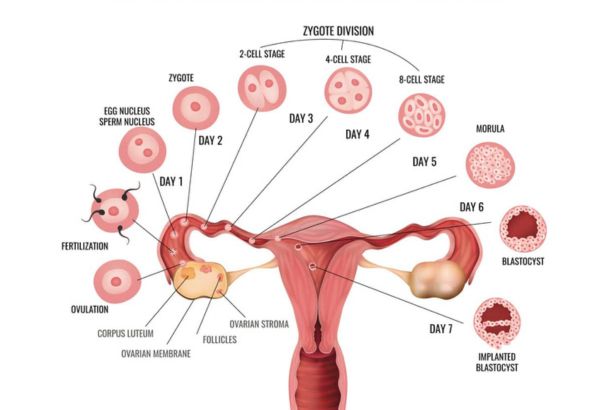Use this Ovulation Calculator App to see when you may be ovulating to find your most fertile days. enhancing your prospects of achieving conception.
Ovulation Calculator
Only digits 0 to 9 and a single decimal point (“.”) are acceptable as numeric inputs. Attempted input of other characters into a numeric field may lead to an incorrect result.



Ovulation Calculator
Ovulation, the release of a mature egg from the ovaries, is a pivotal event in a woman’s menstrual cycle. It marks the brief window during which fertilization can occur, making it a critical factor for couples trying to conceive. Ovulation typically occurs around the midpoint of the menstrual cycle, but cycles can vary in length, making precise prediction challenging without the aid of technology.
Ovulation Symptoms
- Elevation in Basal Body Temperature: You may notice a modest increase in your basal body temperature, usually ranging from half to a full degree Fahrenheit, as measured with a thermometer.
- Elevated Levels of Luteinizing Hormone (LH): Home ovulation kits can detect higher concentrations of luteinizing hormone (LH) in your urine, signaling an impending ovulation.
- Changes in Cervical Mucus: Your cervical mucus or vaginal discharge might take on a clearer, thinner, and more stretchy consistency, resembling raw egg whites.
- Breast Sensitivity: Some women experience breast tenderness during the ovulation period.
- Abdominal Distention: A feeling of bloating or mild abdominal discomfort may occur.
- Mild Spotting: You might observe slight vaginal spotting.
- Gentle Side Pain or Cramping: Some individuals report experiencing mild pain or cramping on one side of the lower abdomen.
What Are Ovulation Calculator app?
The ovulation calculator app is a digital or physical resource that assists individuals and couples in identifying the most fertile days within a menstrual cycle. This app uses various methods and algorithms to estimate the timing of ovulation based on specific input data, ultimately helping users plan intercourse for the highest chances of successful conception.
How Does the Ovulation Calculator App Work?
Ovulation calculator work by taking into account several key factors:
Menstrual Cycle Length:
Users are typically required to input the average length of their menstrual cycle, which is the number of days from the first day of one period to the day before the next period begins.
First Day of Last Menstrual Period (LMP):
The Ovulation Calculator App also asks for the date of the user’s last menstrual period, serving as a reference point for the calculation.
Average Luteal Phase:
Some advanced calculators allow users to specify the length of their luteal phase, the period between ovulation, and the start of the next menstrual cycle.
Additional Information:
Users may have the option to provide additional information, such as basal body temperature (BBT) charts, cervical mucus consistency, or ovulation predictor kit (OPK) results.
Benefits of Using the Ovulation Calculation App
- Accurate Timing: The ovulation calculator app provides precise estimates of the fertile window, allowing couples to plan intercourse at the most opportune times for conception.
- Increased Chances of Conception: By targeting the days with the highest fertility potential, couples can maximize their chances of becoming pregnant.
- Cycle Monitoring: This app also serves as a valuable resource for tracking menstrual cycles, identifying irregularities, and seeking medical advice if necessary.
- Convenience: Ovulation calculators are easily accessible online and through mobile apps, making them convenient and discreet resources for family planning.
- Reduced Stress: Knowing when to focus efforts on conception can reduce the stress and uncertainty that can accompany fertility challenges.
- Educational: Using the ovulation calculator app can help individuals gain a better understanding of their own bodies and menstrual cycles.

FAQ
What sets apart ovulation from fertile days?
While an egg’s lifespan is limited to approximately 24 hours, sperm can maintain their viability for up to five days. Consequently, it may come as a surprise that conception can occur through sexual activity four to five days before the egg’s release. Considering both the sperm and egg lifetimes, the overall “fertility window” spans approximately six days.
The term “fertile days” encompasses all the days within your menstrual cycle during which pregnancy is possible with unprotected intercourse. Identifying additional fertile days offers couples greater flexibility in scheduling intercourse according to their lifestyles and provides more opportunities for conception. This expanded window may alleviate some of the pressure couples often feel when trying to conceive.
When is a woman at her highest fertility?
The peak fertile days during each menstrual cycle, when the likelihood of pregnancy from unprotected intercourse is greatest, include the day of ovulation and the day immediately preceding it. These two days represent the pinnacle of fertility. Additionally, there are a few days leading up to these peak days characterized by high fertility, providing another opportunity for conception. Beyond this approximate “fertility window” spanning about six days, the chances of becoming pregnant are relatively low.
When is ovulation?
Ovulation typically occurs approximately in the middle of a woman’s menstrual cycle. For those with a regular 28-day cycle, ovulation often happens around the 14th day. However, it’s important to note that the timing of ovulation can vary among individuals and may be influenced by factors such as cycle length and hormonal fluctuations.
To pinpoint your specific ovulation date, you can use various methods, including tracking changes in cervical mucus, monitoring basal body temperature, or using ovulation predictor kits. These methods can provide a more accurate estimate of when ovulation is likely to occur in your unique menstrual cycle.
How many eggs do I have?
The number of eggs a woman has in her ovaries is determined at birth and gradually decreases over time. At birth, a female typically has around 1 to 2 million eggs. By the time she reaches puberty, this number has already decreased to about 300,000 to 400,000 eggs.
Throughout a woman’s reproductive years, only a small fraction of these eggs will mature and be released during ovulation. It’s estimated that only about 400 to 500 eggs will be ovulated during a woman’s lifetime.
When to start testing for ovulation?
Start testing for ovulation a few days before you expect to ovulate based on your menstrual cycle length.

Leave a Reply